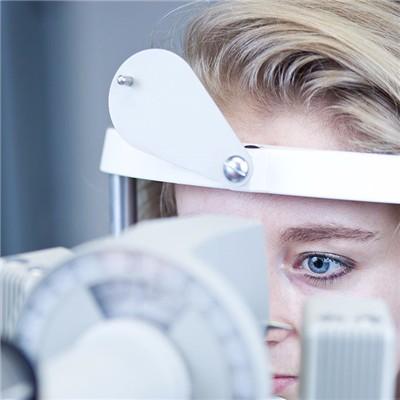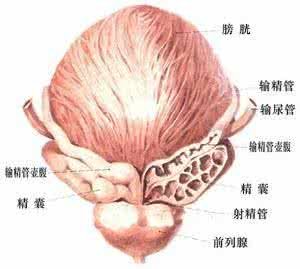Symptoms of cervical spondylosis in the elderly
summary
Cervical spondylosis, also known as cervical syndrome, is the general name of cervical osteoarthritis, proliferative cervical spondylitis, cervical nerve root syndrome and cervical disc prolapse. It is a disease based on degenerative pathological changes. Mainly due to long-term cervical strain, bone hyperplasia, or intervertebral disc prolapse, ligament thickening, resulting in cervical spinal cord, nerve root or vertebral artery compression, a series of dysfunction of clinical syndrome. What are the symptoms of cervical spondylosis in the elderly? Let's talk about it
Symptoms of cervical spondylosis in the elderly
There will be dizziness for a long time, and at the time of onset, there may be mild absence, and the movement may appear uncoordinated, such as walking unsteadily or leaning to one side.
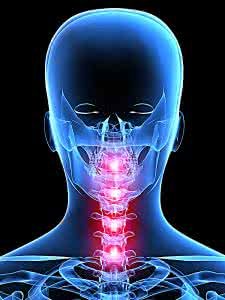
Due to the spasm of vertebrobasilar artery system caused by cervical spondylosis, secondary cerebral occipital lobe visual center ischemic lesions, a few patients may have vision loss or visual field defect, or even blindness in severe cases.
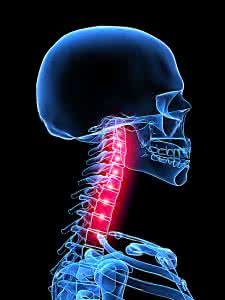
Some people will have nausea, sometimes acute onset, some people can not look up, a few people will have tinnitus, deafness, eye tremor phenomenon. Neck pain, upper limb weakness, finger numbness, lower limb weakness, walking difficulty, dizziness, nausea, vomiting, even blurred vision, tachycardia and dysphagia.
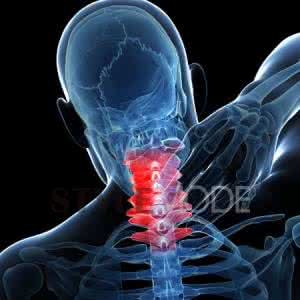
matters needing attention
In life, we should also avoid reading with head tilted. We also need to keep a positive eye on the computer to maintain the integrity of the spine. Don't lie down watching TV or reading. To do more exercise, maintain the activity of the body muscles, especially swimming and mountain climbing, for the prevention of cervical spondylosis effect is better.


